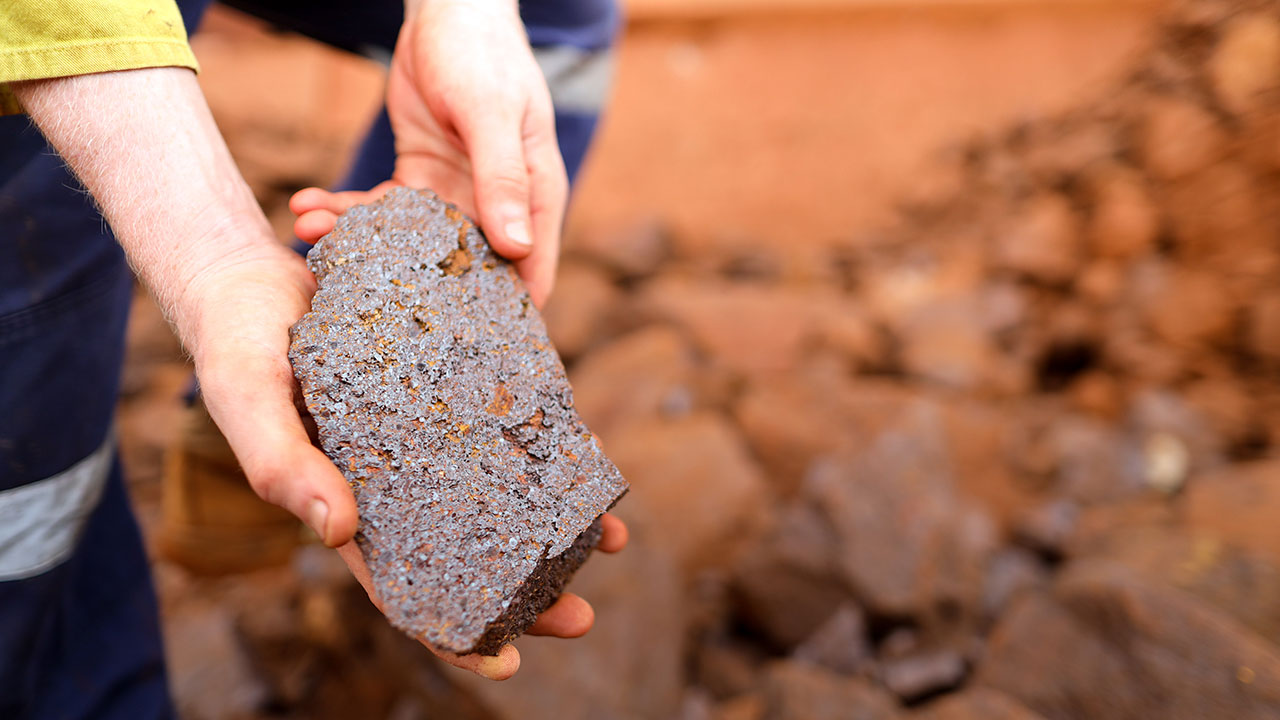Greenfield Vs Brownfield Exploration
Mining is one of Australia’s most important industries, but have you found yourself wondering how new mine sites are found?
There are two broad strategies for locating new prospective mining sites: greenfield vs brownfield exploration.
Read on to learn what they are, their pros and cons, and which, if either, is the better strategy.
What Are the Greenfield and Brownfield Strategies?
Greenfield exploration, also referred to as grassroots exploration, is when new mine sites are located in unexplored or currently undeveloped areas. Ore genesis models are used to predict where mineral deposits can be found. Then, the site is surveyed properly to confirm or disprove the presence of the deposit.
Brownfield exploration involves searching known or currently mined sites for additional deposits. Because the sites have already been surveyed, this process is usually very straightforward.

Pros of Greenfield Exploration
Ore isn’t renewable. Every mine will eventually be depleted which means new mines need to be founded to maintain a stable industry. Of the two exploration strategies, greenfield is the only one that can locate new sites, as opposed to revealing extensions of current ones.
From an investment point of view, there is also an element of surprise when greenfield exploring. Ore genesis models are predictive, which means you could survey a prospective site and find a much larger deposit than you originally anticipated.
Cons of Greenfield Exploration
The potential rewards of greenfield exploration don’t come without downsides. Funding exploration into unsurveyed areas is a big gamble. While data may speculate that ore is there, things like the size, quality and accessibility of the deposit won’t be confirmed until the site is inspected. Not to mention, there is always the possibility that the data is wrong and there is no ore there at all.
Even if ore is found, starting a mine from scratch is very costly. The mine site itself needs to be developed, including creating road access and landscaping. Adding to the costs, all of the mining equipment for the entire operation must be transported to the site. This process takes a considerable amount of time. It isn’t unusual for a new site to take a decade before returning on the original investment.
Legally, a brand new mine location may be disputed on environmental or cultural grounds, and other interested parties may even attempt to challenge the claim. These may stall, or even permanently prevent, a mine from being founded.
Pros of Brownfield Exploration
The greatest benefit of brownfield exploration is the high certainty that the endeavour will be profitable with a fast return on investment. Rather than using speculation, data from the existing mine will already show nearby areas where new deposits or entry points could be formed.
A mine started with the brownfield method can take advantage of the infrastructure that has already been established to support the existing mine. Roads, equipment, even personnel, are already present and just need to be extended to the new site.
Brownfield exploration also mitigates the risk of legal concerns. If the site of the original mine has already been cleared for approval, it is unlikely that a new site within the same area would unearth unforeseen issues.
All of these positives combine to make brownfield exploration a fast and effective way to source and maintain revenue.
Cons of Brownfield Exploration
Brownfield exploration is a brilliant short term way to generate safe revenue, but if a mine is nearing depletion, greenfield strategies need to be employed. It’s important to recognise when a site has reached its potential and look further afield.
Which is Better?
Unfortunately, the answer isn’t as simple as just choosing one or the other. Both are essential to a healthy mining industry.
If you think of mines as having a life cycle, in the early to mid-life phase, brownfield exploration is preferable because it is the fastest and most cost effective way to access more ore.
In the long term, however, as the mine’s output slows, it is essential that greenfield exploration is occurring to find new, prospective sites. Given the extended time it takes to find, establish and develop a new mine, greenfield exploration needs to occur in advance of the brownfield-sourced mines becoming depleted.
It’s also important for Australia’s greenfield industry to stay consistent because it is a big indicator of the viability of mining as an investment for foreign parties. Low greenfield expedition rates can suggest that Australia’s mining efforts are being slowed by legislation, red-tape, and strict environmental laws.
The Niton XL2 Plus Analyser
If you are involved in greenfield exploration, one way you can make the process more viable is through quick and easy analysis. Portable Analytics Solutions distribute the The Niton XL2 Plus Analyser, a handheld tool for identifying metal alloys and mineral ores in the field.
Using X-Ray fluorescence (XRF) technology, the Niton XL2 Plus is capable of getting immediate, accurate readings without needing to damage or remove a sample.
Designed for the field, it’s sealed against moisture and dust, ergonomically designed, and is password and key protected for security.
If you are ready to revolutionise the effectiveness and efficiency of your greenfield exploration processes, contact us today.
For more information on the Niton XL2 Plus Analyser and its array of incredible features, visit our website.
